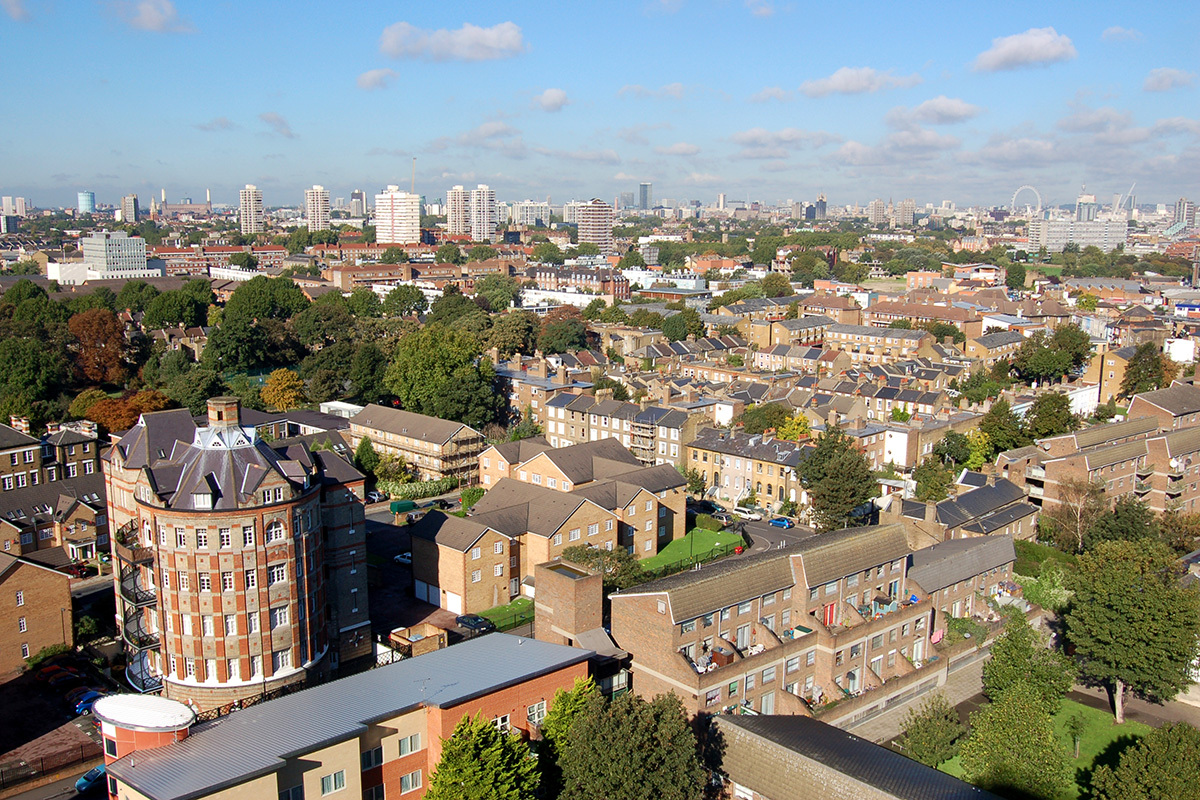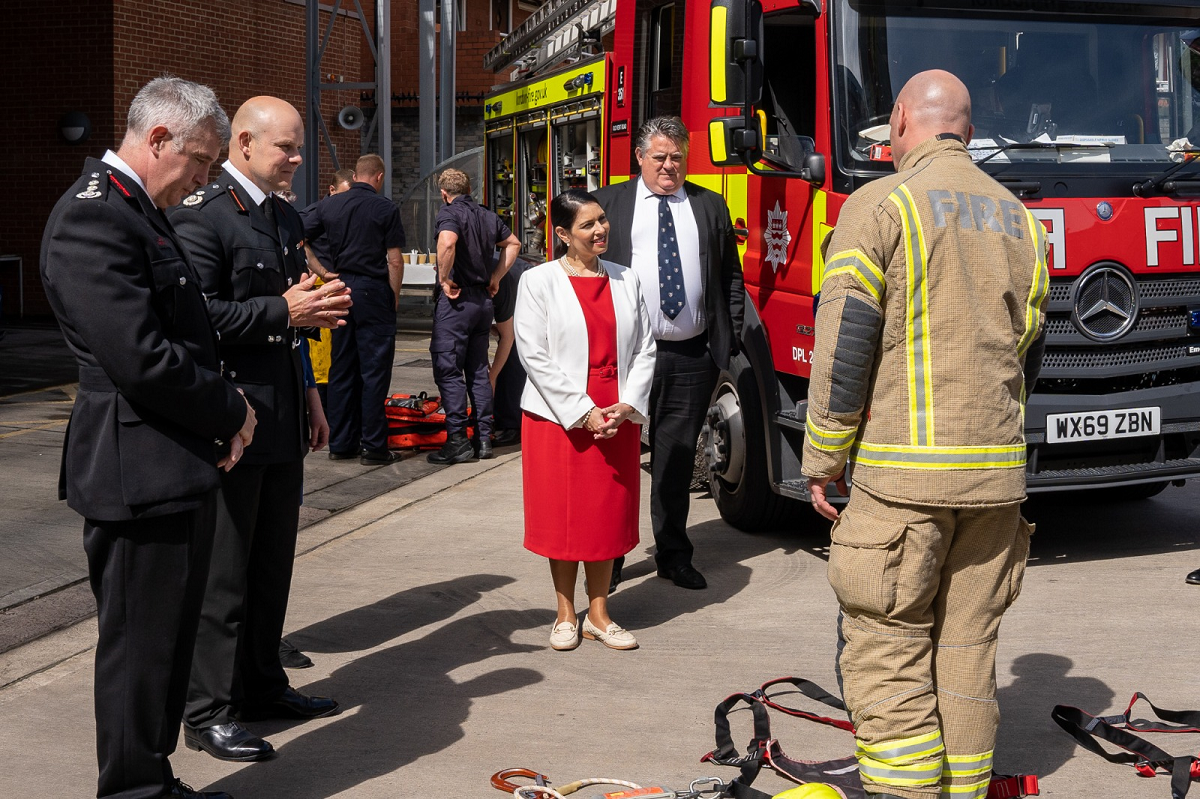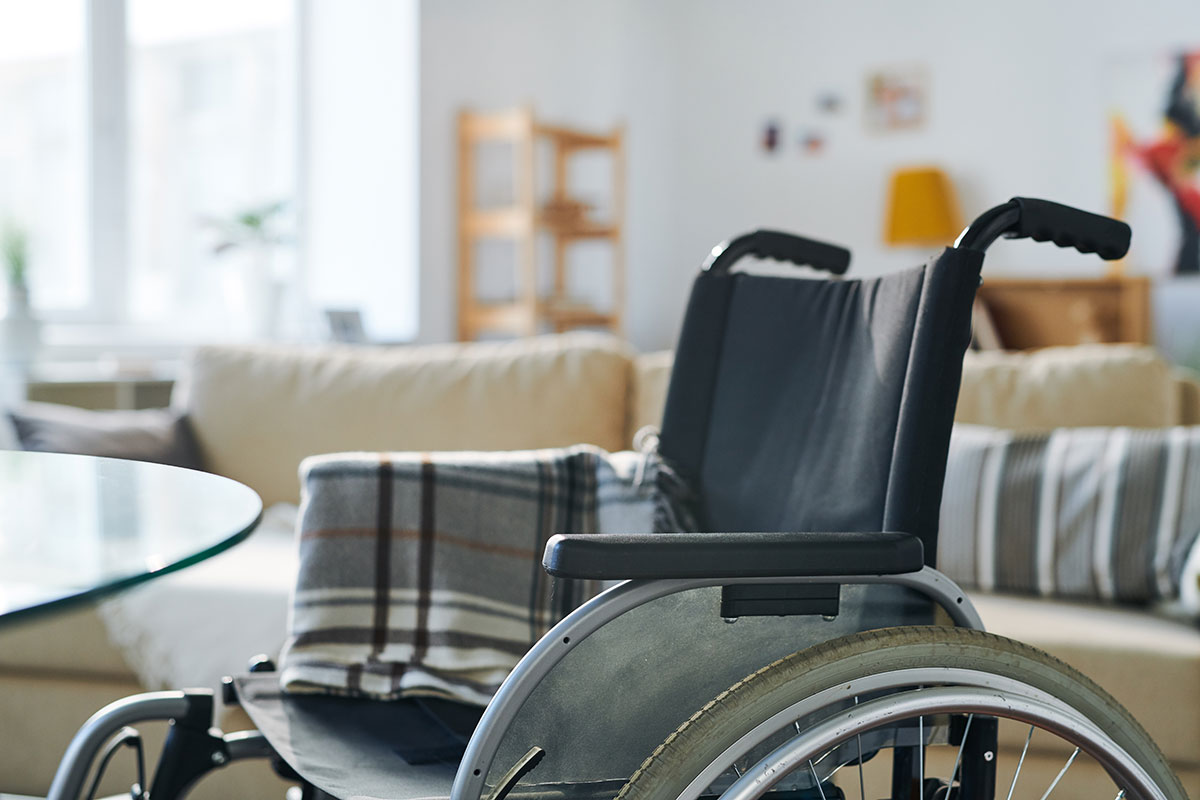LFB holds no data on escape plans for disabled residents in more than 1,000 buildings with serious fire safety issues
The London Fire Brigade (LFB) holds no details on how to evacuate disabled residents from more than 1,000 blocks in the capital that have serious fire safety defects.

A response to a Freedom of Information request revealed there are currently 1,099 blocks in London operating a ‘simultaneous evacuation’ policy, meaning they must be fully evacuated in the event of a fire.
This comprises 842 high rises and 257 medium-rise buildings, spread across all 33 local authority areas in the city and will include tens of thousands of individual flats.
But when asked to provide a figure for the number of residents with disabilities in these buildings, and the number of ‘personal emergency evacuation plans’ (PEEPs) prepared to support their escape, the LFB said it “does not record this information.
“Personal emergency evacuation plans are still in government consultation phase,” it added.
Identifying residents who would struggle to evacuate and making provision for their escape is legally the responsibility of the building owner, but the LFB is the authority tasked with enforcing this law.
A campaigner for the rights of disabled residents in buildings with fire safety issues said the revelation was “worrying” and meant the brigade could not “fulfil their enforcement duties” for these buildings.
A building is switched from ‘stay put’ to ‘simultaneous evacuation’ if serious fire safety defects are discovered. This is often the presence of combustible cladding materials, but can also relate to other fire safety issues.
The question of how disabled residents can safely evacuate from multi-storey buildings has become a major policy issue since the Grenfell Tower fire, which killed 72 people in June 2017.
It has since emerged that 15 of the victims of Grenfell had disabilities which hindered their ability to escape, with the fire branded a “landmark act of discrimination” against disabled people by lawyers for their families.
None of these residents had been offered a PEEP, with the tower’s managing agent, Kensington and Chelsea Tenant Management Organisation (KCTMO), placing total reliance on the stay put policy to keep them safe.
This was in accordance with statutory guidance at the time, which advised building owners it was “usually unrealistic” to prepare such plans.
The inquiry into the fire recommended a legal requirement for the provision of PEEPs in all tall buildings when it published its first phase report in October 2019.
But the Home Office recently announced it would not implement this recommendation, claiming it is not “proportionate”, and has proposed a process dubbed ‘Emergency Evacuation Information Sharing’ instead, which will rely on the fire service to rescue residents who cannot leave independently.
This is despite draft fire safety guidance for blocks requiring immediate evacuation prepared by the National Fire Chiefs Council last September, which said disabled residents in buildings with a ‘simultaneous evacuation’ strategy should be offered a PEEP.
Sarah Rennie, a spokesperson for Claddag, which campaigns for disabled residents in high rises with fire safety issues, said: “It is worrying to learn that the London Fire Brigade does not monitor how many PEEPs are in place in these buildings. Without this information, they can’t fulfil their enforcement duties against building owners who are not providing means of escape for everyone, in accordance with the Fire Safety Order.
“We agree with the LFB that everyone should have certainty over how they would leave a building in the event of a fire or emergency, and therefore trust the LFB agree that the proposal to leave disabled people to be rescued by the fire service is not acceptable.”
Professor Ed Galea, founding director of the Fire Safety Engineering Group at the University of Greenwich and a world-renowned expert on building evacuation, added: “It doesn’t surprise me [that the LFB does not hold this data], but it is shocking. The fire services have never been willing to enforce the requirement for all residents to evacuate in an emergency.
“It makes a mockery of the suggestion that the fire service could be responsible for an emergency evacuation of one of these buildings.”
An LFB spokesperson said: “The responsible person for the building should have a plan in place to support disabled residents or those that need support to evacuate the building. The brigade expects the information to be kept on site and up to date so that it is available to firefighters who attend the premises.
“It’s vitally important that people feel safe in their own homes and have certainty about how to leave their building in the event of a fire or other emergency. We will be submitting a return to the government consultation on Emergency Evacuation Information Sharing+.”
The data also revealed a huge decrease in the number of buildings reliant on a ‘waking watch’ patrol – a widely criticised and expensive system which sees 24/7 patrols deployed to raise the alarm if a fire breaks out.
The LFB data showed that 993 of the blocks have automatic alarm systems installed and just 94 are still using a waking watch system.
It also revealed that 535 of the simultaneous evacuation buildings are owned by housing associations, 82 are owned by local authorities and 482 are private.
The borough with the most impacted blocks is Tower Hamlets in east London with 165 buildings, of which 153 are taller than 18 metres.
Buildings in London with simultaneous evacuation in place
| London local authority | Number of blocks with ‘simultaneous evacuation’ |
| Barking & Dagenham | 23 |
| Barnet | 23 |
| Bexley | 3 |
| Brent | 49 |
| Bromley | 4 |
| Camden | 45 |
| City of London | 3 |
| Croydon | 36 |
| Ealing | 20 |
| Enfield | 3 |
| Greenwich | 73 |
| Hackney | 87 |
| Hammersmith & Fulham | 11 |
| Haringey | 18 |
| Harrow | 4 |
| Havering | 14 |
| Hillingdon | 16 |
| Hounslow | 21 |
| Islington | 63 |
| Kensington and Chelsea | 20 |
| Kingston upon Thames | 4 |
| Lambeth | 51 |
| Lewisham | 47 |
| Merton | 4 |
| Newham | 75 |
| Redbridge | 12 |
| Richmond upon Thames | 1 |
| Southwark | 94 |
| Sutton | 24 |
| Tower Hamlets | 165 |
| Waltham Forest | 24 |
| Wandsworth | 29 |
| Westminster | 43 |
The PEEPs saga: a timeline

June 2017
The Grenfell Tower fire kills 72 people, after they were advised to ‘stay put’ despite flames ripping through the building. Fifteen of those killed had mobility issues which hindered their ability to escape.
October 2019
The Grenfell Tower Inquiry’s first phase report follows advice of internationally respected experts to recommend legal requirements for personal emergency evacuation plans (PEEPs) and general evacuation plans for all buildings. Prime minister Boris Johnson promises to implement the recommendations in full.
April 2020
A behind-closed-doors meeting sees housing and fire industry experts criticise the proposals for evacuation plans and PEEPs, branding them “completely impracticable and not doable”.
July 2020
The government quietly waters down the recommendation of PEEPs in its first consultation on the implementation of the inquiry’s recommendation, suggesting they be introduced for buildings with known fire safety issues only.
October 2020
The relatives of Sakina Afrasehabi (pictured above), a disabled woman killed in the fire, threaten a judicial review of the decision not to implement the inquiry’s recommendations
June 2021
The Home Office launches a new consultation specifically on the issue of PEEPs
April 2022
Building safety minister Lord Greenhalgh tells the House of Lords that the government will not implement PEEPs and will pursue information sharing instead
May 2022
A consultation document published by the Home Office says PEEPs and evacuation plans for all buildings are not proportionate and suggests introducing information sharing for buildings with known fire safety issues only
Is it possible to provide a PEEP in a high-rise?
The Grenfell Inquiry considered the evidence of four expert witnesses on evacuations, and only one – Colin Todd – recommended sticking with existing stay put guidance.
Mr Todd was also the primary author of LGA guidance before Grenfell, which advised reliance on stay put, and is a director of the FIA.
While there are undoubtedly practical challenges with regard to the provision of PEEPs, Inside Housing has spoken to experts who believe it can be done.
Elspeth Grant, a consultant and specialist on PEEPs at Triple A Consult, said: “Non-disabled people would never accept being in a building they could not get out of in a fire, so why should disabled people accept it?
“It is actually already a legal requirement: Article 14(B) of the Regulatory Reform and Fire Safety Order says everyone should be able to evacuate a building and every single piece of guidance backs that up – with the exception of [Mr Todd’s] LGA guide.
“But within the fire and rescue service and industry, it’s endemic from top down to bottom up that they have never wanted to enforce that requirement when it comes to disabled people.”
She said developing PEEPs required talking to the affected residents and establishing what help they have in the building, including partners or neighbours.
Changes can then be introduced to the physical environment such as multiple handrails on the stairs and the provision of evacuation chairs and stair climbers.
“To develop the plan, somebody has to go round and talk to the person,” she says. “One of the main reasons organisations don’t want to do it comes down to money.”
Phil Murphy, a former firefighter and high rise safety consultant, added: “Perhaps you have a carry chair, perhaps you have suppression systems and Grade C detectors in every room.
“There are a range of things you can start to do by asking this question, all of them are about asking people what works best for them and about using the available data, the evidence, to intelligently direct fire safety resources towards those groups that we know will benefit most from having them.”
Sign up for our fire safety newsletter
Already have an account? Click here to manage your newsletters












